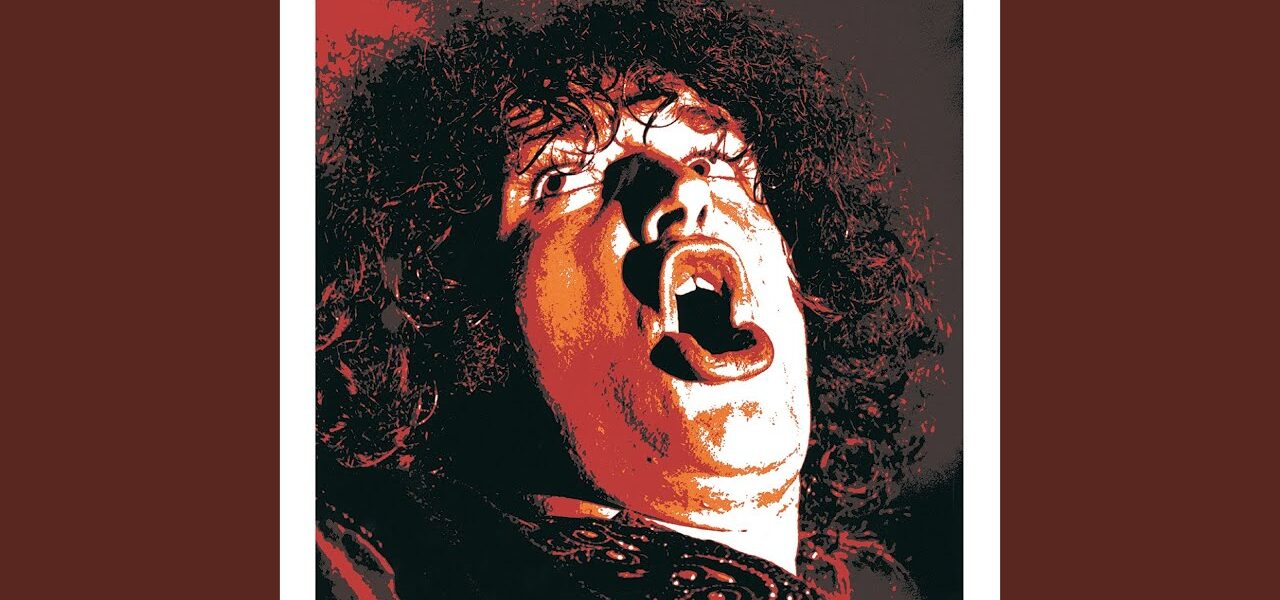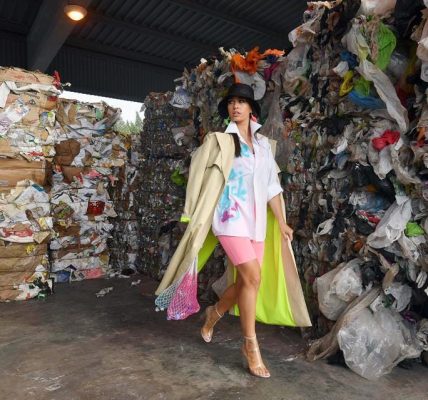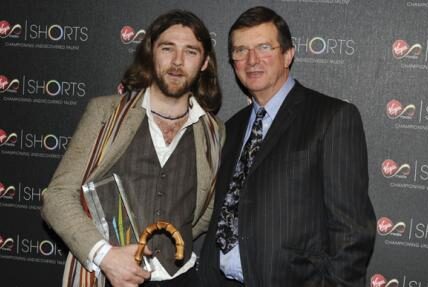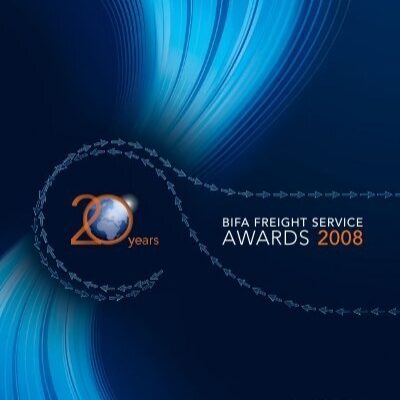We talk to those in the know about whether crowd-sourced funding is truly a viable source of film investment.
Danae Ringelmann
Co-Founder, IndieGoGo
www.indiegogo.com
Can you tell us what IndieGoGo does?
IndieGoGo is an online funding platform where anyone with an idea can create a campaign and raise money by offering perks [while] keeping 100 per cent ownership. We launched the site in 2008, and we’re now in over 150 countries, with over 17,000 campaigns.
Your main competitor is Kickstarter; how do they differ?
They’re bigger than us in terms of dollars, not in terms of campaigns. The difference between the platforms is we’re international and they’re US based only. We simply require you have a bank account anywhere in the world; we don’t curate and we don’t require an application, so we are an open platform in that regard.
We have this thing called the GoGo Factor, which is an algorithm based on the level of activity of a campaign. This can include everything from the number of updates to activities driven by your community: funding, Tweeting, comments, sharing, posts to Facebook etc. The highest GoGo Factors get featured in our newsletter, on our homepage and in press promotions. That’s another difference; we promote on effort, not based on someone’s opinion.
We also integrate with PayPal and credit cards to make it very easy to pay. We have partners in place with fiscal sponsorships; campaigns can raise funds and offer tax deductions if they want to, without paying a fee to the fiscal sponsor and to Indie GoGo.
So, can you offer investments?
No, that would be illegal. In the US you would have to register your film with the Securities and Exchange Commission, which is the investing oversight body. That alone can cost tens of thousands of dollars. If you are trying to make a $20,000 film and if it’s going to cost $50,000 just to register it, it doesn’t make sense. You can go to private investors but you have to keep it offline. With crowd funding you are pitching to the world.
How much involvement is required from filmmakers with the fundraising?
If you post a campaign and let it sit there, nothing’s going to happen. The key is to create a campaign offering interesting, unique perks that couldn’t be experienced outside of your campaign, and then really think about a strategic outreach to people who influence larger pockets of people. It’s not spamming the world with your campaign. It’s about thinking critically; what are the groups of people that would absolutely love my film the moment they found out about it and where are they online? Then go to those influencers and invite them in and ask for their feedback and tips on your project. If they are authentically interested in what you’ve got going on they’ll naturally want to become a team member and get the word out to their followers.
Are there misconceptions about crowd sourcing?
A lot of people misunderstand crowd funding as just a way to ‘beg’ for donations, but that’s not what it is. If that’s all you want to use it for then that is underutilising the power of the platform, as well as the potential of your fans. Crowd funding is sitting in between donations and return on profit investing. It’s actually giving fans ways of engaging with your movie. When people vote with their dollars that’s incredible validation they want to see your project, and that attracts other kinds of interested parties, whether its distribution or investors.
We’ve had shorts that have raised $5000 or $10,000 and that is all they needed, so it was fully funded. We have other projects that need hundreds of thousands of dollars in funding and they still used IndieGoGo because they are carving out a percentage of their budget. What we are finding is [that] campaigns are starting to use their crowd funding efforts to validate their film and use it as credibility to help get those matching grants from larger organisations. You’re jump-starting your marketing. We find more and more people are doing a crowd funding campaign and including that in their applications for grants to help increase their chances.
Are there any limitations on what you can do?
There’s no limit on how much money you can ask for [and] you can run as many campaigns as you need to get your project funded. We also allow people to keep the money that they raise. If you reach your goal, your fee is 4 per cent. If you don’t reach your goal, you keep your money but the fee is 9 per cent. This is a mechanism to give you the incentive to reach your goal; if you don’t make it, we know you will still use the money towards your project, and we don’t want to penalise you completely.
Do you get many multiple campaigns, or repeat campaigners?
About 20 per cent of our customers come back and do another campaign. A lot people ask if they can do lots of campaigns for different projects at once. There’s nothing stopping them, but we always advise against it. It takes effort to be authentic and keep conversations alive about your projects. The mistake people make is they think if they create a campaign the money is going to show up out of nowhere, and that’s never the case. The work you put into building a campaign and sharing with your fans goes much further than it did before, but it requires that initial work. The return on invested time makes sense because even if projects raise zero dollars there’s still value in that because a couple of things happen: they got marketing going about their project and people are talking about it, at the very least. If absolutely no one funded it, that’s educational for them because maybe people don’t get it, maybe they don’t believe what’s being said or don’t relate to it.
I’m not saying you have to cater to your audience and sacrifice your creativity; that’s not what it means at all. Crowd funding is a way to keep hold of your authentic voice because that should resonate with the people who actually like your style of filmmakingYou don’t have to cater to one or two investors and make them happy. You can keep your creative vision, but the challenge is finding the people who love your creative vision.
Tero Kaukomaa
Producer, Iron Sky
www.ironsky.net
“Iron Sky is a 10 million-dollar, English language science fiction comedy about Nazis from the moon. The idea came from the team behind the zero-budget Star Wreck, [which was] released online five years ago and has over 8 million downloads. Iron Sky is going to be released in cinemas [in] 2012.
For many years we had had a big community taking part in the production in so many different ways, [so] it was very natural to develop the crowd-sourcing funding aspect [by] being active online, in the markets and various conventions, speaking in various panels and answering questions from the media.
Equity investment starts from 1000 Euros, [and investors] receive an equity stake to recoup from the film’s revenue pro rata with all recoupable money, and after that a profit share pro rata to the production budget. And all for 10 years from the first release of the film. On top, there are different kinds of fan perks, like getting your name on the credits, meeting the director and cast, getting associate producer credit, etc.
The investment possibility has been there since May 2010, and we have collected over 320,000 Euros so far. As we just completed principal photography, and people see that it’s getting real, the amount of investments are rising. I believe we have a good change to collect the full 900,000 as targeted.
We have a four-person team concentrating on our viral activities, so there is a lot of work. But it has also paid off. Our traditional financing as a Finnish-German-Australian co-production brought us 85 per cent of our budget, and we were fighting to find the rest until we succeeded with the fan investment scheme. I’m more than motivated to see that our investors will make their money back with a profit, because that will make it easier for the future. As I have seen so many people being ready to participate financially, I see so much potential for the future [of crowd funding].”
Yancey Strickler
Co-founder, Kickstarter
www.kickstarter.com
“Kickstarter is the largest funding platform for creative projects in the world. It’s an excellent resource for filmmakers and artists to fund their work and grow their audience. Film is our largest category by a pretty wide margin. We’ve had more than 1,500 successfully funded film projects to date, and they’ve raised well over 10 million dollars since our launch in April 2009. At this year’s Sundance Film Festival, there were five films that premiered that had raised funds on Kickstarter, including the incredible Pariah, which was picked up by Focus Features.
Zana Briski, who won an Oscar for Born Into Brothels, used Kickstarter to fund a photography project, Allison Anders funded her latest film using Kickstarter and we’ve had about a half-dozen Kickstarter-funded films see theatrical release at this point. It’s a very strong community.
[Our] transactions are neither investments or donations. There’s never any exchange of financial return or ownership on Kickstarter; instead it’s something in between patronage and commerce. If I pledge $10 to your project, I receive $10 of something—defined by you—in exchange. It’s a very important part of how Kickstarter functions.
As for what backers receive, it varies by project. But in general you can expect to receive some token or good in exchange, but even more importantly there’s the excitement of having helped a project that you cared about, and the associated bragging rights that come with participating in getting it off the ground.
For the most part the projects you see now are raising partial budgets, but it’s still very early for this as a tool. We hope to see more and more filmmakers embrace Kickstarter to connect with their audience, to promote their work, and to share their stories. Done right, it’s extremely effective and even inspiring.”












